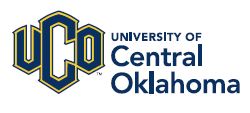Below is a summary of the abstract you submitted. Presenting author(s) is shown in bold.
If any changes need to be made, you can modify the abstract or change the authors.
You can also download a .docx version of this abstract.
If there are any problems, please email Dan at dar78@pitt.edu and he'll take care of them!
This abstract was last modified on March 15, 2022 at 12:12 p.m..

Polycaprolactone (PCL) is a non-toxic, biodegradable polymer with good biocompatibility. PCL is one of the ideal materials for preparing nanofibers using the electrospinning process as it has high biocompatibility. The advantage of the electrospinning process is that it is an economical and relatively simple method to produce uniform nanofibers that can be modified according to the application of that fiber. This study aims to combine the biocompatibility of PCL and enhance the antimicrobial properties of the nanofiber against mycobacterial infections by incorporating mycobacteriophages. In this study, we used Mycobacteriophage Fulbright isolated at the University of Central Oklahoma. We evaluated the stability, antimicrobial activity, and cytotoxicity of our phage incorporated nanofiber wound dressing. Our results indicate that phage Fulbright is stable when incorporated into PCL fiber. Storing the wound dressing at -20C helps retain the infectivity for up to a year, and our wound dressing is non-toxic to mouse fibroblast cells.
